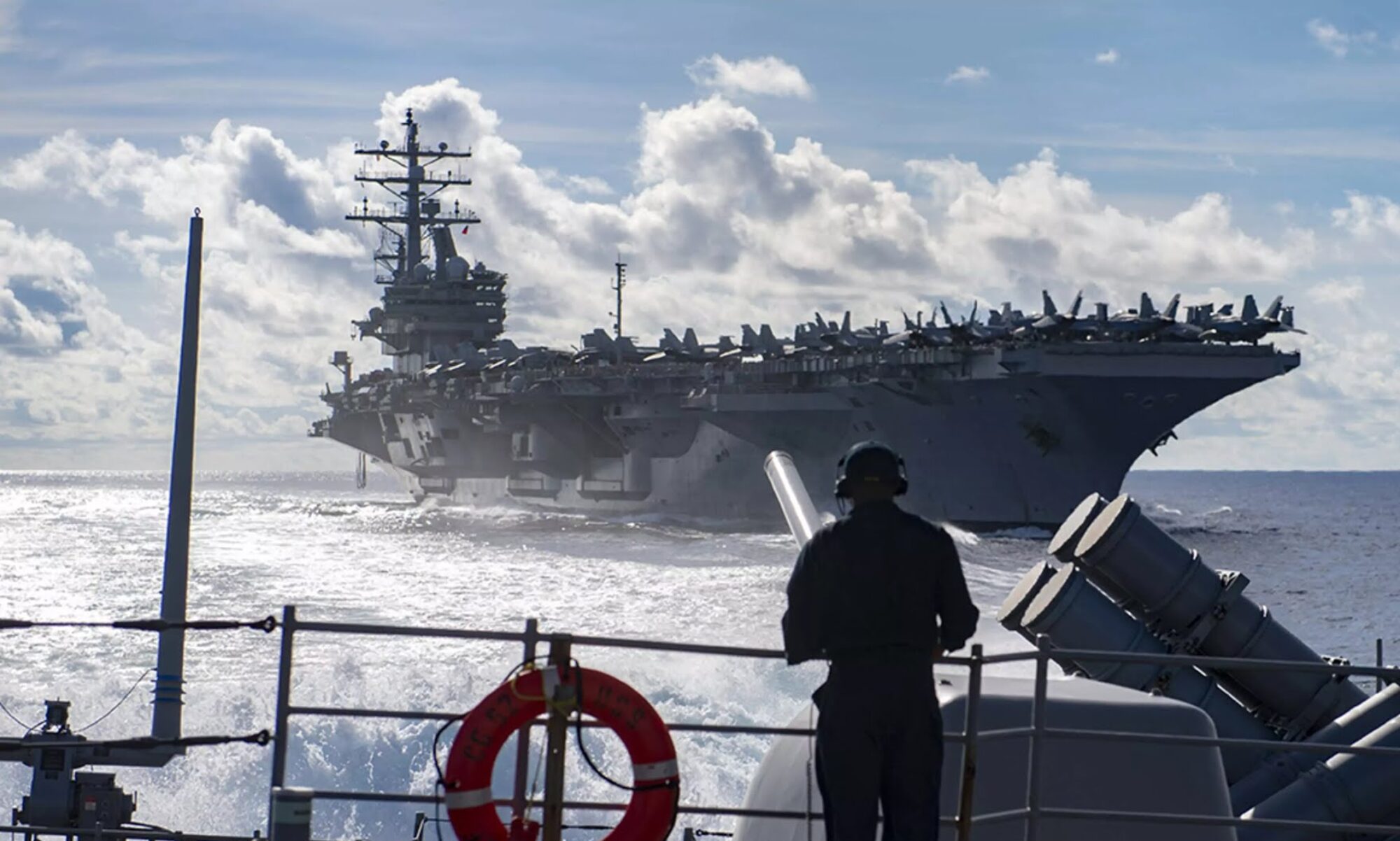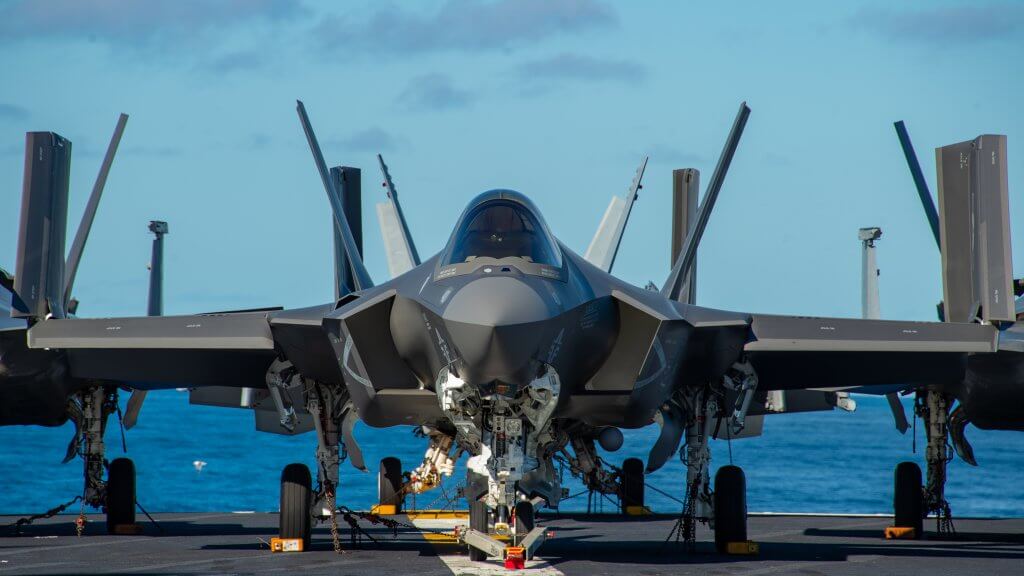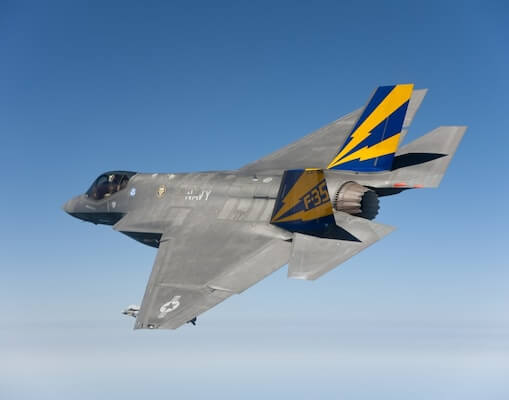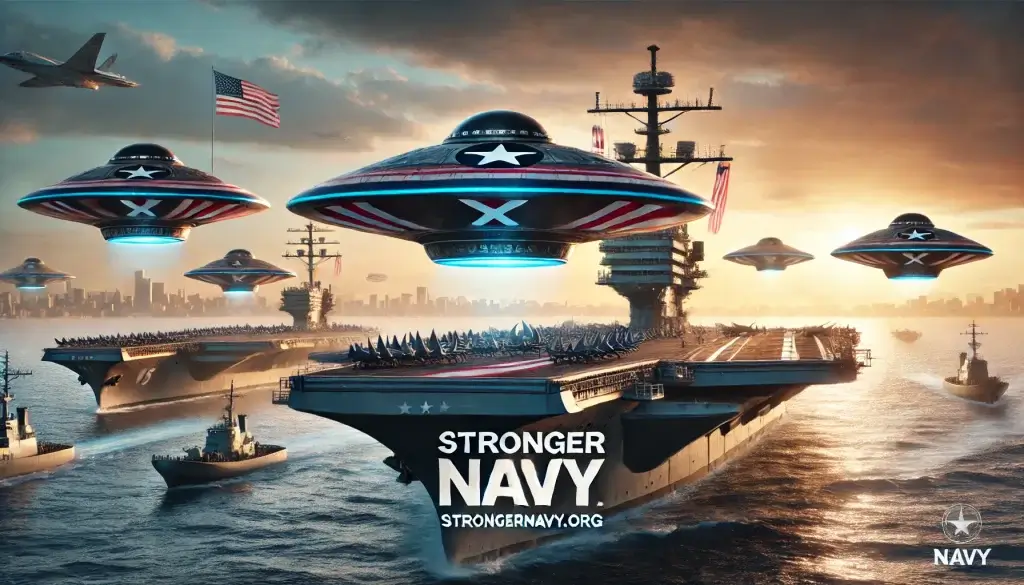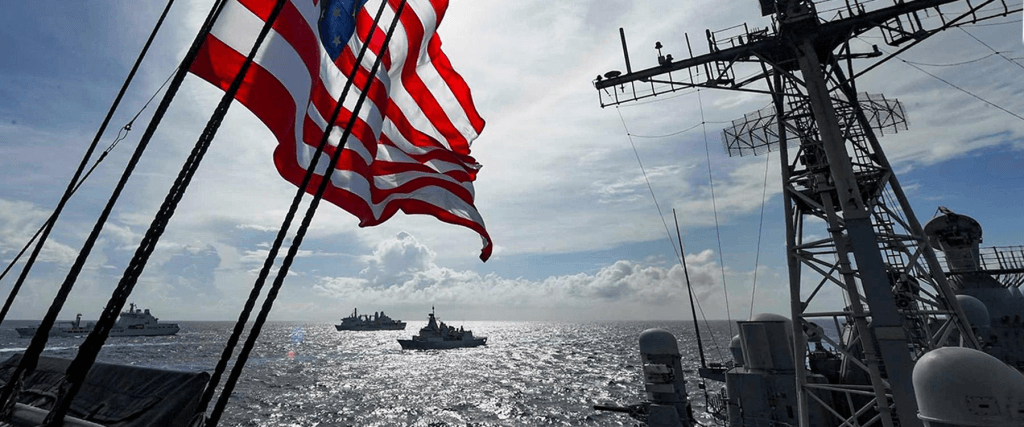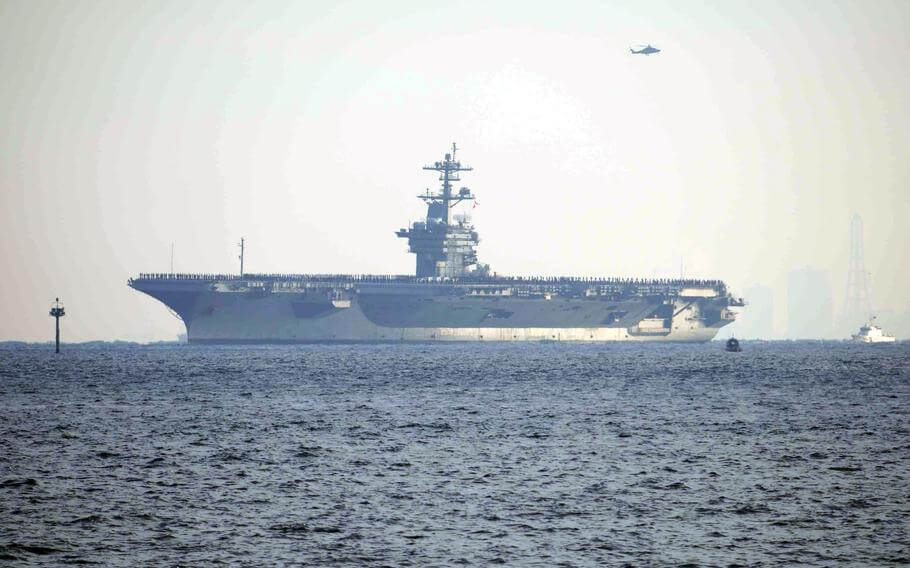
Introduction
The U.S. military is on the verge of a breakthrough in navigation technology, one that could redefine how forces operate in GPS-denied environments. Lockheed Martin, in collaboration with the Department of Defense’s Innovation Unit (DIU), is developing the Quantum Inertial Navigation System (QuINS)—a system that could eliminate reliance on GPS and provide unparalleled accuracy for military operations.

For centuries, ocean navigation has evolved through a series of technological breakthroughs that have shaped maritime dominance. In ancient times, sailors relied on celestial navigation, using the stars, sun, and moon to determine their position. The invention of the magnetic compass in the 12th century revolutionized seafaring, allowing ships to travel more confidently across open waters. By the 18th century, the development of the marine chronometer enabled precise longitude calculations, reducing the risk of navigational errors. The 20th century brought radio navigation and inertial navigation systems (INS), allowing submarines and warships to navigate underwater without visual cues. The arrival of GPS in the late 20th century ushered in an era of pinpoint accuracy, integrating satellite technology into global commerce and defense. Now, with adversaries actively working to jam or spoof GPS, navigation is once again at a crossroads. The emergence of quantum navigation systems (QuINS) represents the next leap—providing resilient, GPS-independent positioning to ensure the Navy remains effective even in contested environments. This latest advancement is not just a technological shift; it is part of a centuries-long progression in mastering the seas.
Quantum Navigation: Lockheed Martin’s QuINS and the Future of U.S. Naval Operations
For the U.S. Navy, this innovation has the potential to enhance fleet operations, submarine navigation, and autonomous system deployment, ensuring our naval forces remain dominant even when adversaries attempt to disrupt traditional navigation systems.
What is QuINS?
Unlike conventional navigation systems that rely on GPS satellites, QuINS uses quantum sensing technology to determine a platform’s position, velocity, and orientation purely through internal measurements. This represents a paradigm shift in navigation, ensuring that even in GPS-jammed or denied environments, ships, submarines, and aircraft can accurately determine their location.
Quantum sensors operate by leveraging the fundamental properties of atoms to detect motion with extreme precision. By measuring changes in an object’s motion through quantum mechanics, these systems can maintain accurate positioning without needing an external reference like a satellite signal.
Dr. Valerie Browning, Vice President of Research & Technology at Lockheed Martin, emphasized that the company’s goal is to take quantum navigation from the laboratory to real-world applications, ensuring that national security needs are met before adversaries gain an upper hand.
Why Americans Should Care
Most Americans take GPS for granted—it’s in our cars, phones, and even financial transactions. But what happens when that system is compromised? Adversaries like China and Russia are developing ways to jam or spoof GPS signals, which could have devastating consequences for both military and civilian infrastructure.
Quantum navigation offers a solution that could protect not just the military, but also essential industries like transportation, logistics, and emergency services. A stronger U.S. Navy with independent navigation capabilities means a more secure supply chain, fewer vulnerabilities in cyber warfare, and a nation less reliant on easily targeted satellites.
Why This Matters to the U.S. Navy
The Navy operates in some of the most complex and contested environments in the world. From the South China Sea to the Arctic, ensuring reliable navigation is crucial. Here’s how QuINS could reshape naval operations.
Resilient Submarine and Fleet Navigation
- Silent Service Advantage: U.S. Navy submarines operate without GPS while submerged, relying on traditional inertial navigation systems (INS). Quantum INS could significantly improve accuracy over long distances, reducing position drift and enhancing mission effectiveness.
- Surface Fleet Operations: GPS jamming has become a strategic threat. China and Russia have demonstrated their ability to spoof or jam satellite signals, making reliable navigation alternatives essential for carrier strike groups, destroyers, and logistical vessels.
Empowering Autonomous and Uncrewed Systems
- The Navy is expanding its fleet of uncrewed surface and underwater vehicles (USVs/UUVs) to operate in contested waters.
- Without the need for GPS, these assets could navigate undetected, perform reconnaissance missions, and even execute long-range operations with minimal risk of signal interference.
- Future AI-driven maritime warfare could integrate quantum navigation to create autonomous fleets that operate independently of satellite-based positioning systems.
Strengthening Cyber Resilience and Electronic Warfare
- Adversaries are developing anti-satellite (ASAT) weapons and cyber tools to disrupt GPS-reliant military forces.
- With QuINS, U.S. naval forces will have a self-contained, tamper-proof navigation system, significantly reducing vulnerabilities in a cyber-contested environment.
Implications for Our Allies
The U.S. is not the only nation facing threats to navigation systems. Allies operating in the Indo-Pacific, Arctic, and Middle East also rely on GPS for operations. If QuINS proves successful, it could be integrated into joint naval operations, ensuring that allied fleets can maintain cohesive strategies without fearing GPS disruptions.
Partners in AUKUS (Australia, U.K., and U.S.) could benefit significantly from this technology, particularly as Australia seeks to modernize its naval fleet with nuclear-powered submarines under the agreement.
Final Thoughts: A Transformational Shift in Naval Warfare
Quantum navigation has long been viewed as a theoretical future capability, but Lockheed Martin’s QuINS project is bringing that future closer to reality. If successful, this technology will mark a historic leap in military navigation, much like the transition from celestial navigation to GPS decades ago.
For the U.S. Navy, investing in quantum sensing, AI, and autonomous warfare is not just about staying ahead—it’s about ensuring dominance in an era where adversaries are actively working to erode America’s technological and strategic advantages.
At Americans for a Stronger Navy, we recognize the importance of peace through strength. Advancements like QuINS ensure that our sailors and warfighters have the best tools available, not just for today’s conflicts, but for the unpredictable battles of tomorrow.
What Do You Think?
Should the Navy move faster in adopting quantum navigation to replace GPS-dependent systems? Share your thoughts in the comments below or join the discussion at StrongerNavy.org.
